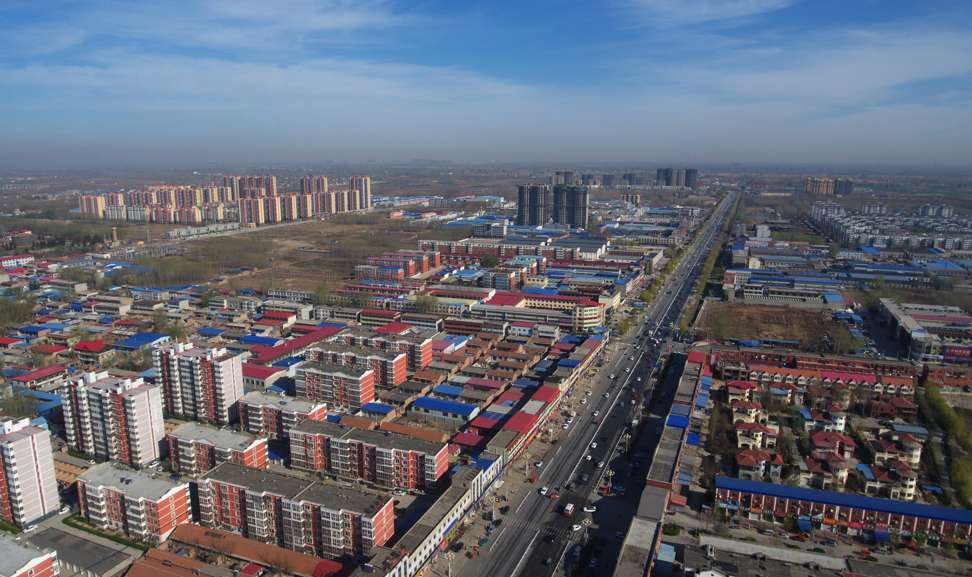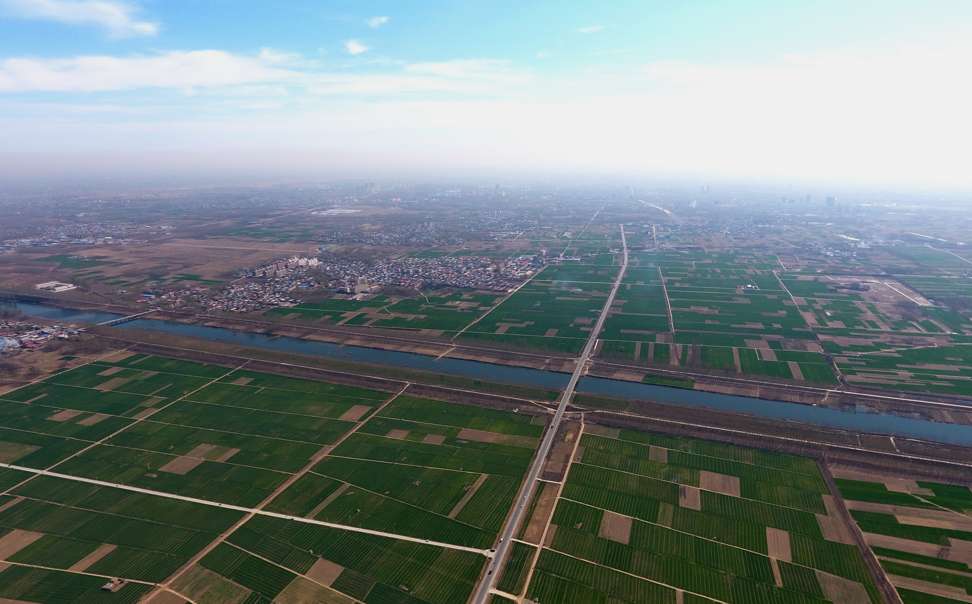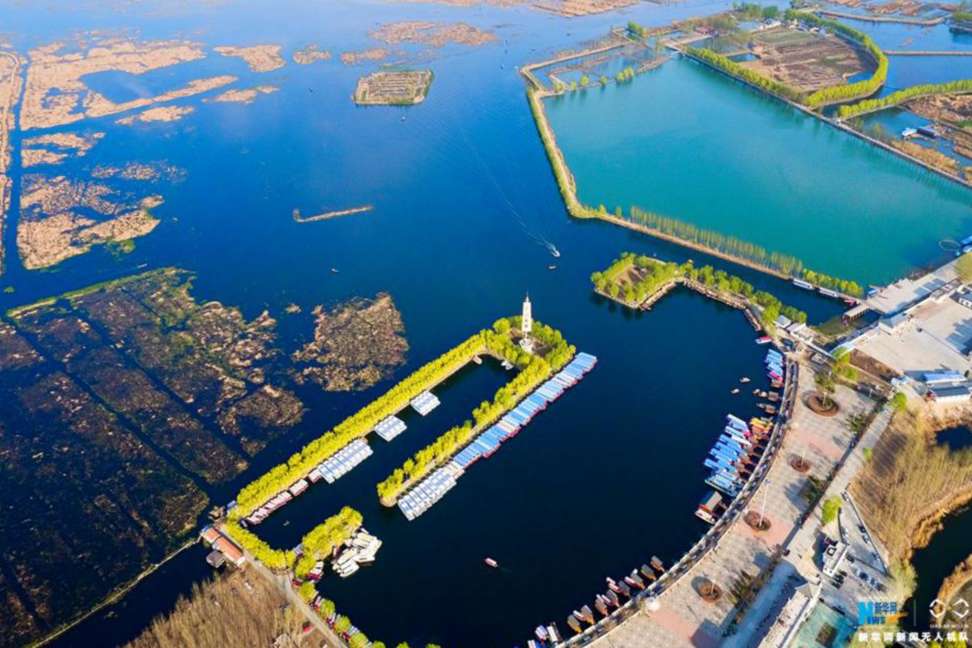
Xi’s Xiongan mega city plan exposes China’s market charade
If market allocates resources, why is the state dreaming up new cities?
What magic could happen when a slice of backwater land is made the centre of President Xi Jinping’s (習近平) futuristic dream city?
The most immediate consequence of the April 1 announcement to create the Xiongan New Area, covering three counties of Xiongxian, Rongcheng and Anxin in Hebei province, is that the sleepy towns have become the paradises of speculation overnight, with prices of property or locally related stocks soaring.
Xi Jinping’s dream city Xiongan may turn out to be China’s biggest public works project, ever
The government said the new area, sitting in proximity to the three metropolises of Beijing, Tianjin and Shijiazhuang – the provincial capital – is of equal national significance to the Shenzhen Special Economic Zone in the 1980s or the Shanghai Pudong New Area in the 1990s.
Initially, the Xiongan project aims to deal with “urban ills” such as traffic congestion and air pollution in Beijing. The plan will help encourage the relocation of “non-capital functions” out of the city, which houses more than 20 million people.

But the government has a bigger vision, with a focus on building clusters of high-tech and innovative businesses, making it a new engine of growth following the booming Pearl River Delta and Yangtze River Delta, amid a persistent slowdown.
It is also designed to achieve a critical economic transformation, shifting away from a growth model based on export-manufacturing and state-led investment, to one mainly driven by private consumption and innovation.
China stocks buoyed by Xiongan economic zone optimism
Xi is apparently betting his political luck on the plan, describing it as of “millennial” significance, outplaying any previous projects that were usually dubbed “centennial”.
However, top-down planning and the government-led reallocation of resources, which includes a massive plan to move institutions and citizens out of Beijing, runs counter to market rules and against consumers’ interests as they need access to the upmarket services in the national capital.

The special economic zones had played a positive role in pioneering market reform and promoting growth in the last century, as they were granted special treatment in the areas of taxation, investment and financial liberalisation, when the mainland was in its early stages of development. If Xiongan is just another SEZ to receive such treatment now, it would violate World Trade Organisation rules and go against the party’s own commitment to realise a market economy.
The application of the WTO-rules since China’s accession in 2001 led to a diminishing effect of the privileged status and the “special” characteristics of the SEZs. Today, China has become increasingly integrated with the global market by creating a system that is a far more level playing field for all participants.

A command plan to engineer “smart growth” runs against the Communist Party’s solemn statement to allow “market force to play a decisive role in the allocation of resources”, which emphasises flexibility, mobility, choice, and respect for private property rights.
Xiongan firms could skip IPO queue under proposed ‘extraordinary financial measures’
The plan to build a new megacity will require the government to splash trillions of yuan on infrastructure and facilities. Such a massive state investment will risk a repeat of the failure witnessed by its four trillion yuan stimulus programme, which was introduced in 2009 as a reaction to then US subprime-triggered global financial crisis. It ignited inflation, sparked property speculation, caused the misallocation of resources, led to the overheated investment and excess capacity in many industries, and resulted in the multi-trillion yuan debt by local governments. And worst, it prompted widespread discretion abuse, rampant rent-seeking and systematic corruption rarely seen in history.
To foster healthy and sustainable growth, the government needs to step outside its comfort “zones” and “areas” and let the market reforms that work trickle out into the broader economy. That’s the only way to build a true market-oriented economy. ■

